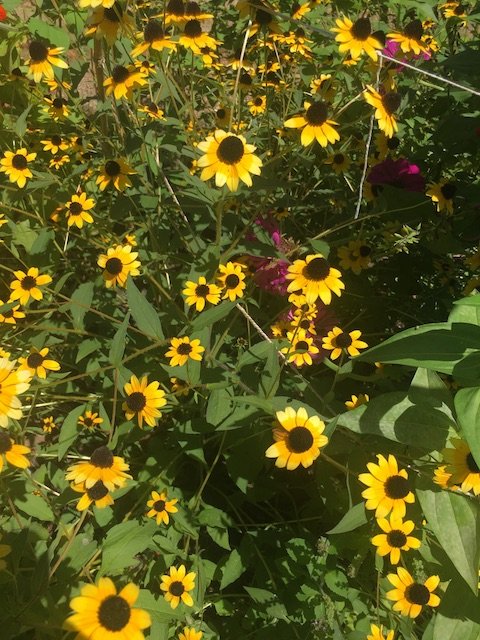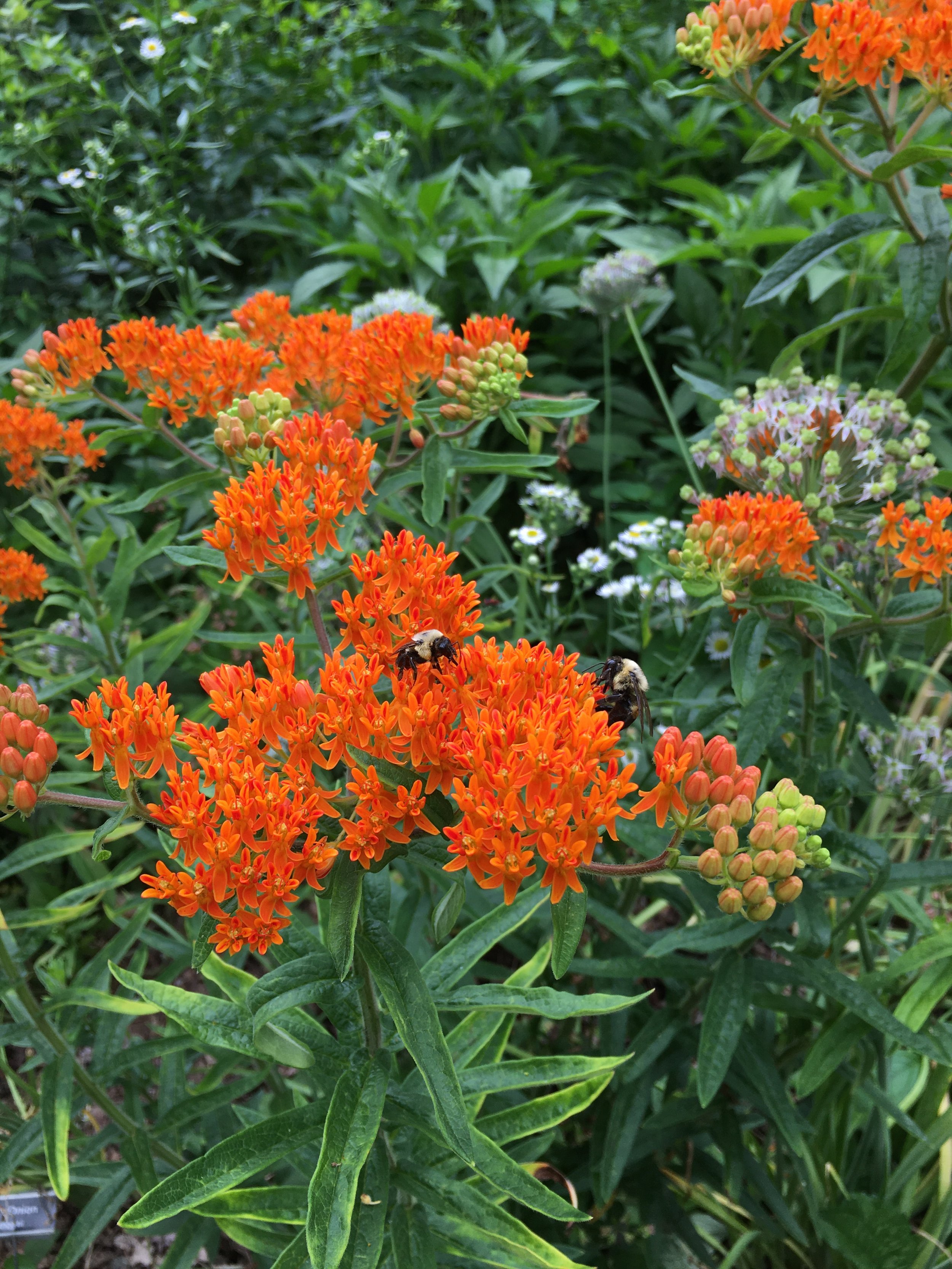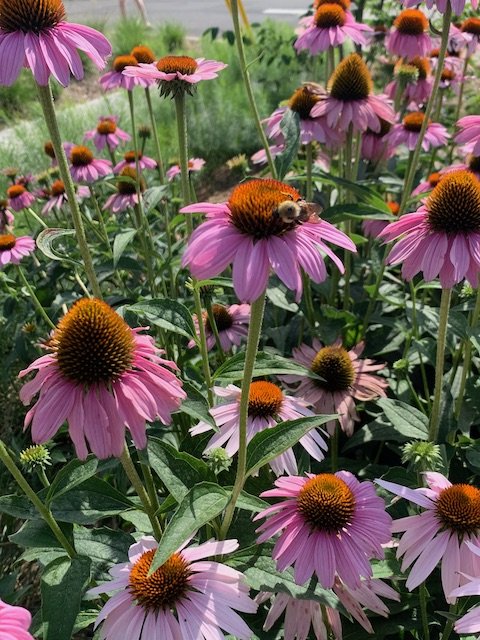Three Native Plants to Start Growing Now
if you know nothing about native plants
If you’re native plant curious, but don’t know where to start – you’re not alone! Non-native plants have been so widely used in landscaping and gardening for so long. You’re probably familiar with knockout roses, encore azaleas, gardenias, boxwoods, and Annabelle hydrangeas. These plants are everywhere, and you can likely think of a million examples of them growing in several neighbors’ yards and in many a manicured garden (looking at you, Duke Mansion). It’s easy to imagine them in your garden, and it’s even easier to procure them and bring your vision to reality.
Native plants though – not only are you encountering these plants for the first time at our nursery, but their names might be a little disconcerting: rattlesnake’s master? Bear’s foot? And why is “weed” in the name of so many? It’s hard to know how they might look in your garden because you don’t even know what they look like!
Starting the journey with native plants can be a bit daunting if you're not sure where to begin. To help you on this path, here are three plant options that are not only attractive but also stay at manageable heights without spreading aggressively.
Brown Eyed Susans are an adorable addition to any garden
Brown Eyed Susan and Orange Coneflower: These are both variations of black eyed susans. Both are true perennials, they don’t get taller than two feet, and they don’t spread aggressively. Black eyed susans are fairly common in the gardening world, so it’s easy to imagine how these very similar flowers might look in your garden.
Butterfly weed: If you want to plant milkweed for monarchs, but the aggressiveness and tallness of common milkweed intimidates you, this is a great alternative. Butterfly weed is one of the few native plants that only grows a foot or two tall, and it does not spread. It is very popular in curated landscapes and gardens. It has a very pretty orange bloom, and loves dry and hot conditions. It thrives from neglect, and in fact we’ve killed many by watering them.
Plant purple coneflower and become best friends with a bumble bee
Purple Coneflower: purple coneflower can grow up to three feet tall, but it won’t get too tall and it never flops over. The purple flower is very pretty and attractive, and these flowers don’t spread or take over.
These are three plants (okay technically four) that you can confidently incorporate into any garden.



